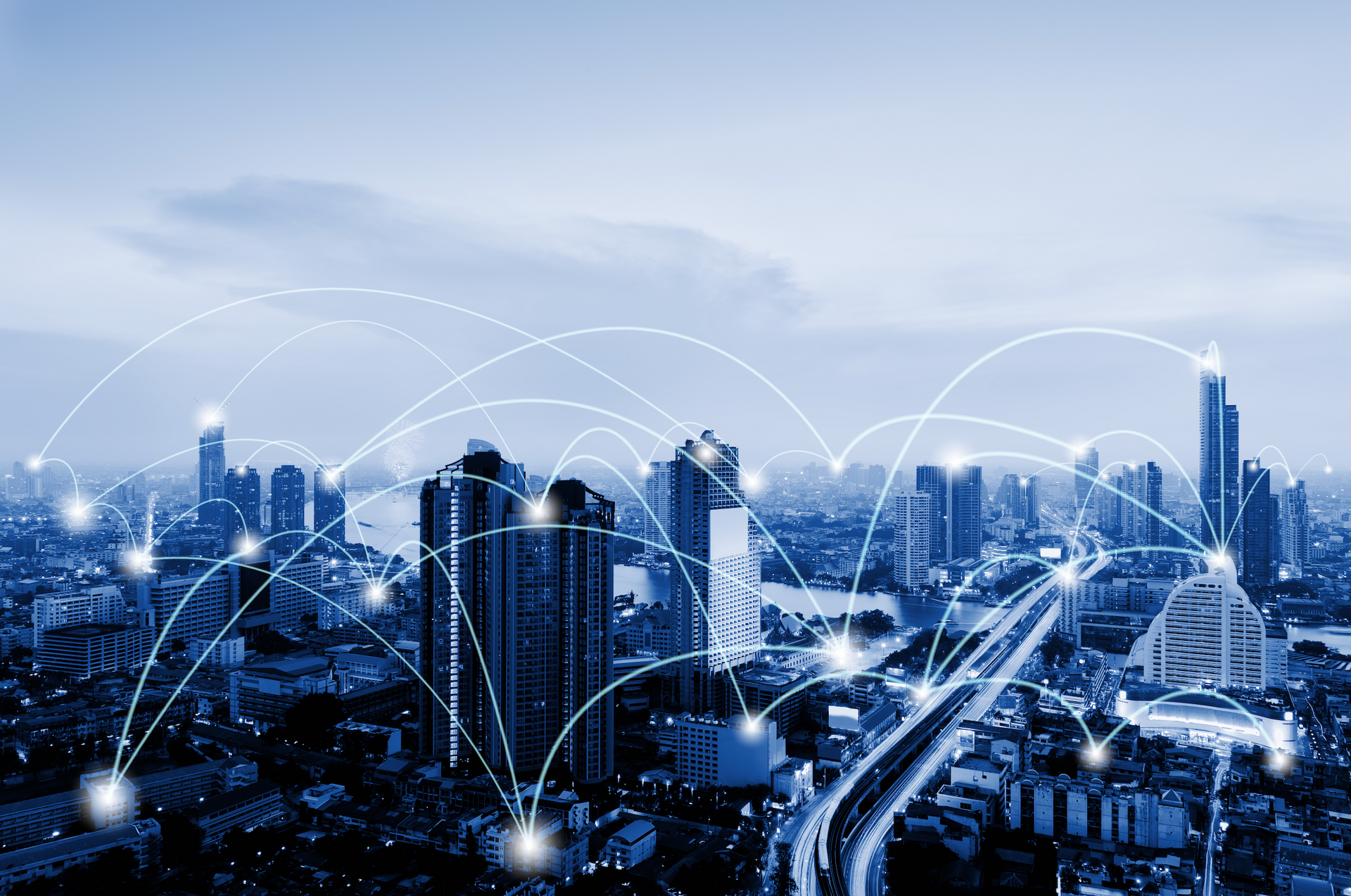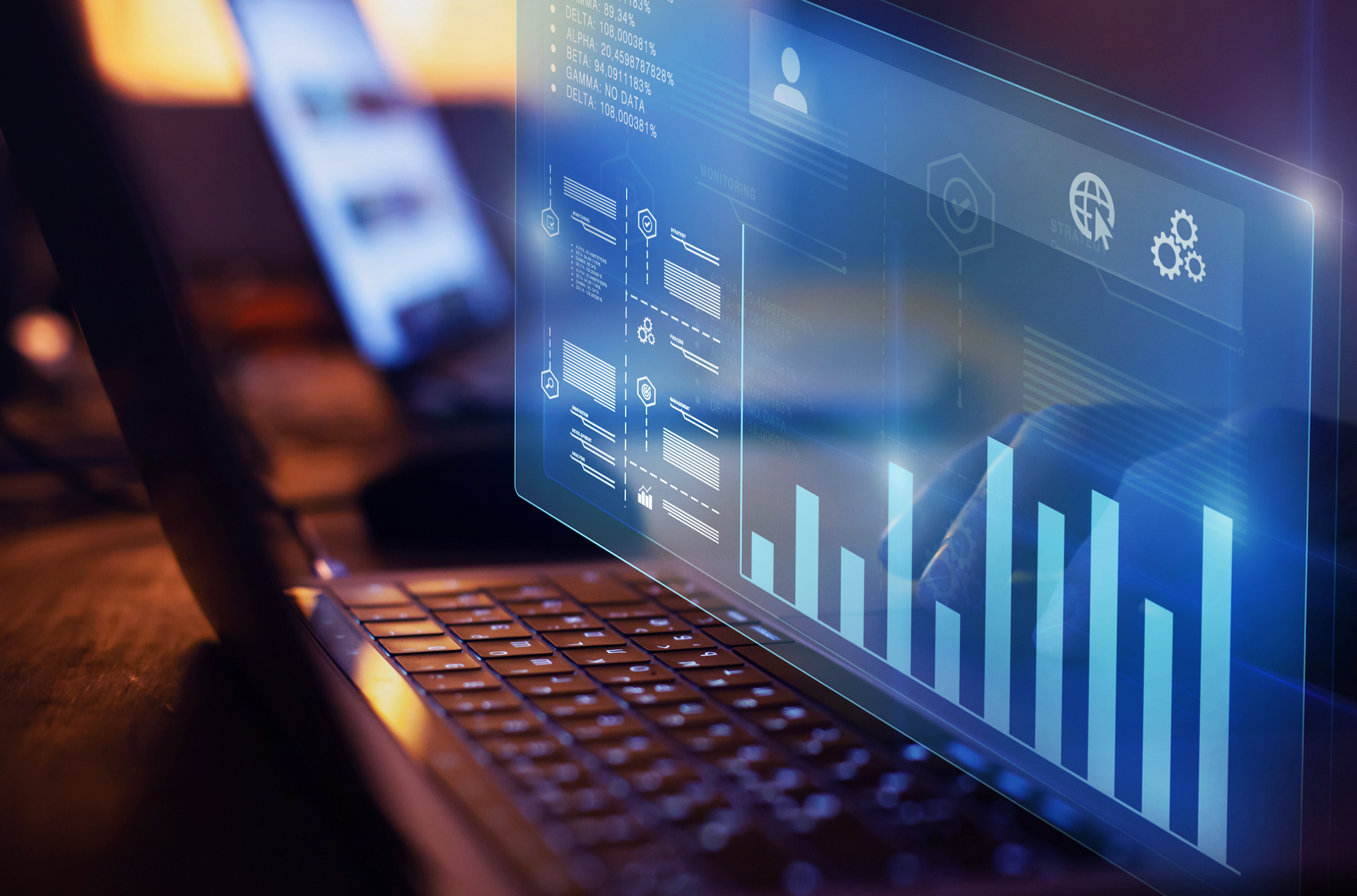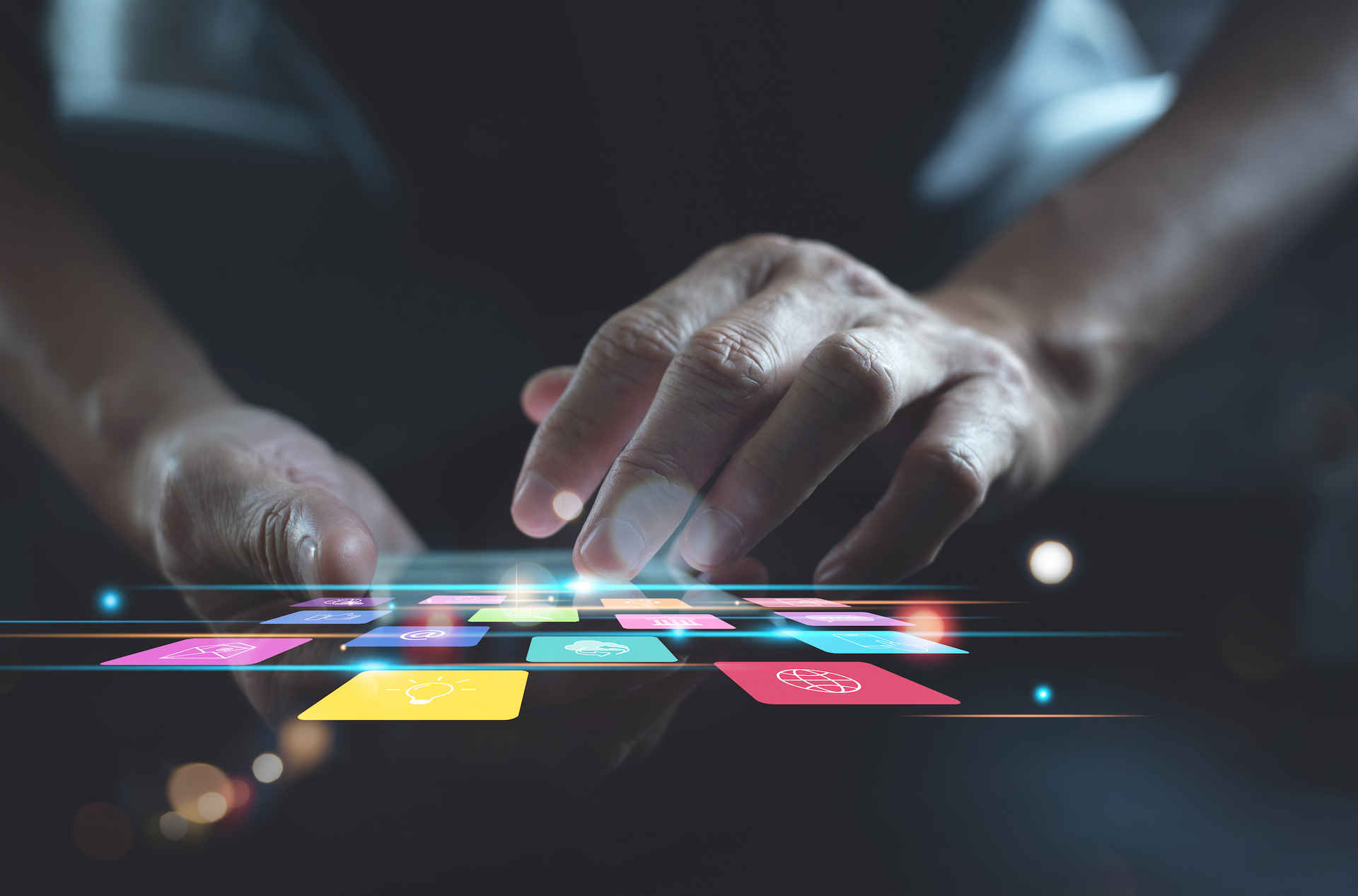AVOUCH
Iot
internet of things
IoT stands for the Internet of Things. It refers to the network of physical devices, vehicles, appliances, and other objects embedded with sensors, software, and connectivity, which enables them to connect and exchange data over the Internet. In simple terms, IoT is the concept of connecting everyday objects to the internet, allowing them to communicate and interact with each other and with humans.
The main idea behind IoT is to enable objects to collect and share data, making them “smart” and capable of performing tasks or providing information autonomously. These connected devices can range from small sensors embedded in appliances to complex systems in industrial settings.
The IoT ecosystem consists of four main components:
iot
things/devices
These are physical objects or devices that are equipped with sensors, actuators, and connectivity capabilities. They can be anything from wearable devices like fitness trackers to smart home appliances, industrial machinery, vehicles, or even infrastructure elements like streetlights.
iot
connectivity
IoT devices use various connectivity technologies to connect to the internet and each other. This includes Wi-Fi, cellular networks, Bluetooth, Zigbee, and other wireless protocols.
iot
data processing
The massive amounts of data generated by IoT devices need to be processed and analyzed to extract meaningful insights. Cloud computing and edge computing technologies are often used to handle data processing and storage.
iot
applications
IoT applications leverage the data collected from connected devices to provide valuable services, automate processes, and improve decision-making. These applications can span across various domains such as smart homes, healthcare, transportation, agriculture, manufacturing, and more.
The potential benefits of IoT are numerous. It enables automation and efficiency improvements, as devices can communicate and collaborate without human intervention. It can lead to cost savings, enhanced productivity, and optimized resource utilization. IoT also has the potential to improve safety, enable remote monitoring and control, and provide new insights and services that were not previously possible.
However, IoT also brings challenges related to privacy, security, data management, and interoperability. The large-scale deployment of IoT devices requires careful consideration of these issues to ensure the protection of data and systems.
Overall, IoT has the potential to transform industries and daily life by creating a connected and intelligent environment where objects interact seamlessly, leading to increased efficiency, convenience, and innovation.





